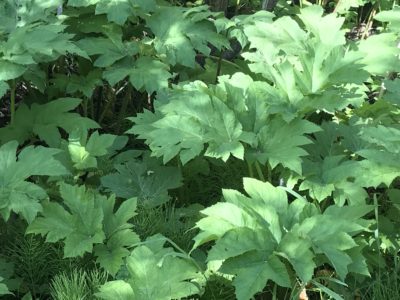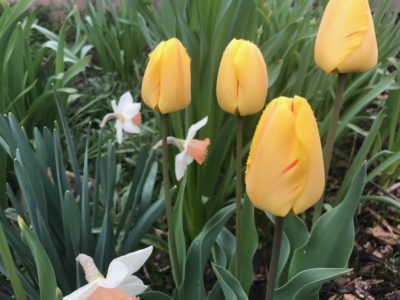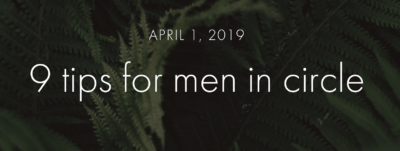
[Also available on Human to Human, The Podcast, 6.5 minutes]
This phrase is one of my favorites these days. The thing behind the thing behind the thing. It suggests quest. It suggests layers. It suggests “ongoing” (I could very easily add ellipsis…). It’s narrative for what I feel we are so often up to in teams, groups, communities, and families. It’s also straight talk, plain and simple.
A particular kind of thing behind the thing that I am compelled toward is “operating system.” It’s the part that makes things go. Often invisibly. In teams, groups, communities, and families. It’s the unseen part. In a car, operating system is engine. Though in that case, I just like that the buttons and functions work. Same in a computer. I don’t get wowed by technical specifications (I suppose I should). I’m just glad that it functions reliably. And, well, that there is elegance and beauty. I also have preference lately, challenging myself, to operating systems that are living, not just mechanical. There are operating systems in soil. In gardens. In forests. It ain’t so odd to think that the trees and the plants “talk.” Botanists have been telling us this for a while now, often catching up to what has been indigenous wisdom for centuries and millennia.
I totally enjoyed the gift of a conversation yesterday with some colleagues and companions in The Circle Way. In the middle of our conversation, hosted in circle of course, I found another layer of thing behind thing. We participants were trees, that in the space of those 90 minutes on the video conference, became forest. And the oxygen produced, was, well, ability to breathe, and, a clarity. Unlike mechanical and electrical operating systems I love to dive into consciousness and awareness operating systems (which have a bit of electricity to them).
Here it is for me. It represents some ongoing learning and clarifying and simplifying:
The Circle Way is both methodology and way of being.
As methodology, it is often referenced as a tool or group process format.
As methodology, this is where there is often leaning into the components wheel, also as tools (agreements, practices, roles, etc).
It is often used for dialogue, learning, and connection.
It feels fruitful and essential and helpful to me to learn the methodology well.
To use skillfully with groups.
As way of being, The Circle Way points to a kind of cultural pattern.
It interrupts unintended siloing.
It presumes an expectation that who we are together is different and more than who we are alone.
And thus, there is gut level orientation to the possibility of an emergence from the interaction.
As way of being, it’s less formula, and becomes more instinct (I would say, grown from methodological robustness).
It is an inherent reliance on wholeness (sometimes brought forward because of silence, or pause).
It is welcome, even expectation, that there just might be some mystery to notice together.
Yup, as way of being, circle’s oxygen is often learning, connection, and insight.
Yup, it is utterly fruitful to learn and be in continued practice.
One of the most exciting experiences in the world for me is the kind of aliveness that come from insight, so often grown with people willing to lean into thing behind the thing. I’m grateful for a good many companions and colleagues that bring their own versions of this.
My next open enrollment circle offerings include:
The Circle Way Practicum at Whidbey Island, August 14-19, 2019
The Circle Way Online Class, Tuesdays, September 17 – October 15, 2019
Great Facilitation: An Art of Hosting Intensive in Denver, October 23-25, 2019 (not exclusively circle; includes other participative methodologies and ways of being)
Fire & Water Leadership Cohort Near Cincinnati, October 30 – November 3, 2019 (first of three in person gatherings, using circle as root form)
Courageous Meeting: The Circle Way in Cincinnati, November 19-20, 2019 (a new offering)
The Circle Way Advanced Practicum at Whidbey Island, December 5-9, 2019



